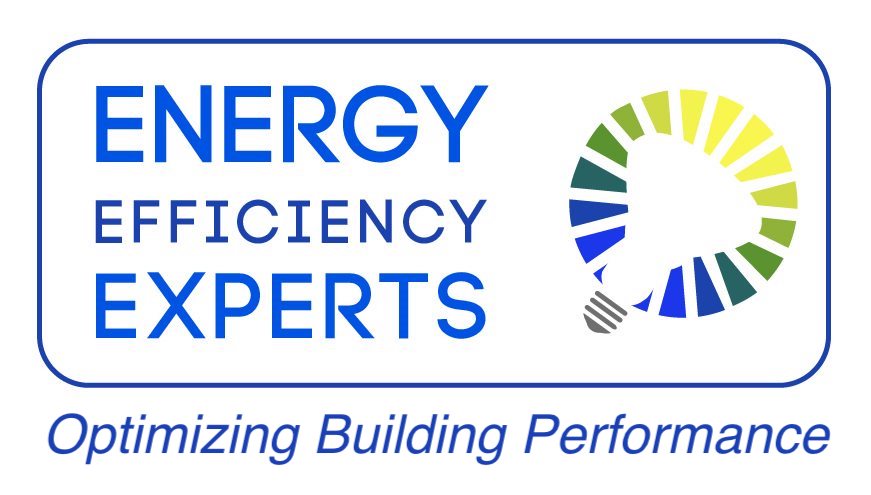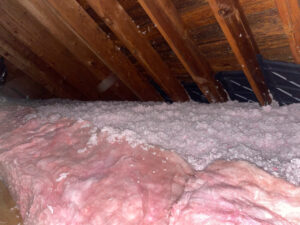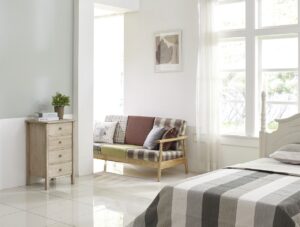Energy Efficiency in 2022

Happy New Year! Our team at Energy Efficiency Experts is excited to help transition your home to an energy efficient space this year, using our expertise and approach to the house as one system with many interworking parts. We had countless energy efficient homes success stories in 2021 and would like for your house to be the next one in 2022.
Here are some first step resolutions to making the transition:
- Make it the year of annual tune-ups. Preventative maintenance is often done on our cars with oil changes at the shop, our bodies at the doctor, and phones at the store. We do preventative maintenance to avert a system failure. HVAC failures on the furnace, air conditioner, boiler, or heat pump can be a big headache and a bigger bill for a replacement. Annual tune-ups prevent the likelihood of an HVAC failure, checking system components for signs of wear and tear, and clearing any obstructions like debris and dust to ensure even and steady air distribution. The Indoor Air Quality Association (IAQA) states that routine HVAC maintenance reduces the risk of system failures by 95%.
- Make it the year of switching to LED lighting. This one is becoming inevitable; incandescent lighting is slowly but surely on its way out. These bulbs convert 10% or less of the energy used into the light we actually see. Payback for a lighting retrofit is quick and only improving. This link provides a calculator at the bottom of the page that can calculate how much money is saved in the first year. If we take a 60-Watt incandescent light bulb and run it for its expected lifetime of 1,000 hours, the cost will be $6.60 at the rate of $0.11 / kWh. Now compare that with an equivalent 9-Watt LED light bulb running over the same time period and the cost will be $1.32. By the way, the LED light bulb is expected to last 25,000 hours, 25x the lifetime of the incandescent. Now scale this up to your entire house of light bulbs with varying wattage, and you can see how the savings add up.
- Make it the year of weatherstripping. Windows and doors are a huge source of air leakage. In fact, 30-40% of heating and cooling losses can be attributed to escape through windows and doors. These moving parts of the home may not have been installed correctly; they are often slammed shut and prone to degradation from the weather. Regardless of the origin of air leakage, weather stripping is a simple cost-effective fix. Coming in many different material types, gaps between the house and moving parts are eliminated and treated air is kept in. Once installed around the windows or doors, it should stay intact and effective for a few years.
Lastly, make it the year of improved comfort and lower energy bills. Having an energy audit performed on the house can address all of the points above and more. An attic to basement analysis inspects everything that uses or loses energy. The goal of the audit is to seal up the obvious and not so obvious leakage points, improve the home’s thermal boundary, ensure adequate indoor air quality and ventilation, and explore options to upgrade appliances and systems. After the home inspection, our auditor sits down with you to discuss findings and a plan forward to improve energy efficiency. From there we schedule a time to do the work to make those improvements, while working with the utility providers to get you rebates. Start the year right and give us a call to see how we can help make your home energy efficient! 202-557-9200





